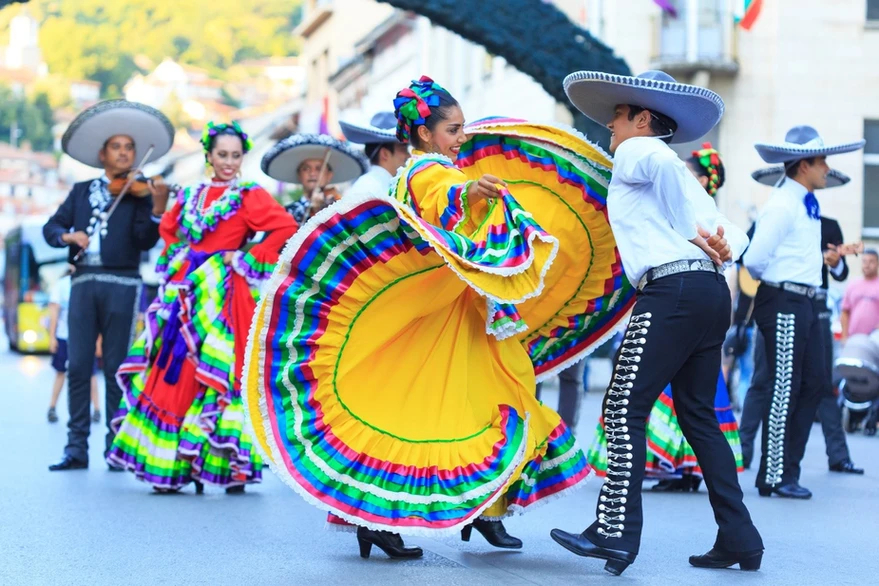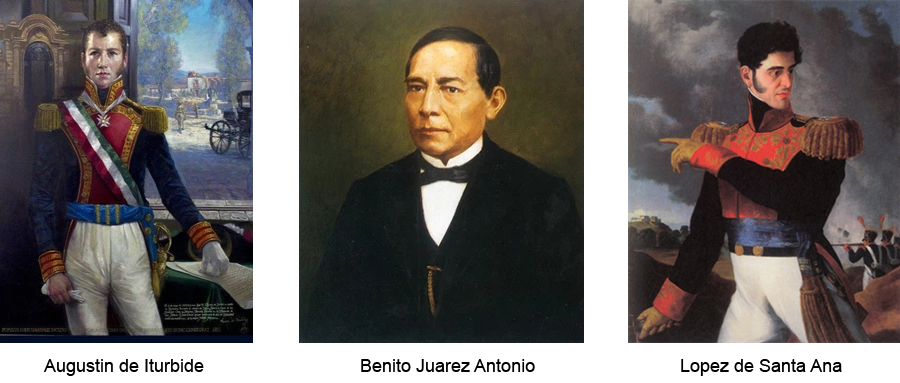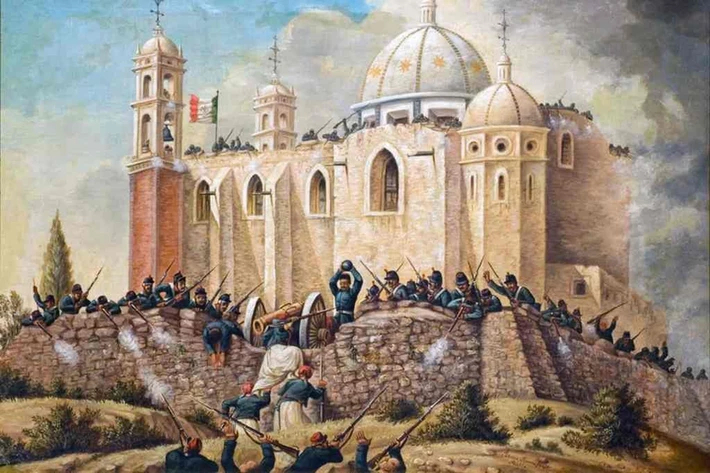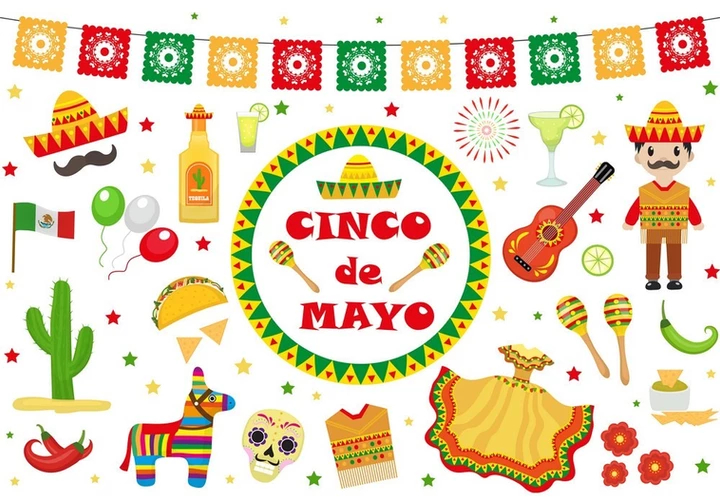
by Natalie Taylor
Mexican history can be bewildering, at least to us extranjeros (foreigners). However, many independence days Mexico has, the holiday just passed, Cinco de Mayo (the Fifth of May), is not one of them.
Cinco de Mayo does commemorate important events, but what exactly were they? To understand, we first have to back up a little.
In 1821, after an 11-year war of independence, Mexico expelled the Spanish crown and broke its colonial chains. But the journey toward democracy and sovereignty did not happen overnight. The transformation from a viceroyalty to a self-governing country was a three-decade struggle involving many governments, most of them the result of military coups.
After gaining its independence, the nation was divided into two factions: the Liberals, who envisioned a democracy similar to the one in the United States, and the Conservatives, who believed that monarchy was the best way to govern. The two sides radically disagreed on all issues: governing system, social structure, education, and the role of the church.

The first ruler of the new Mexican state was Agustin de Iturbide, who was crowned emperor by the Conservatives in 1822. His reign did not last long. He was shot dead in 1824. His assassination ended what is known as the first Mexican Empire.
Antonio Lopez de Santa Ana was elected president of Mexico, but his presidency was not recognized by all. Benito Juarez, a brilliant lawyer from Oaxaca challenged Santa Ana and was declared president as well. For the next thirty years, the country was divided between the followers of Santa Ana and Benito Juarez. Two seats of government each claimed the right to rule the country.
During this period, following the incursion of the United States, Mexico lost more than 50 percent of its land. What is known in the US as the Spanish-American War, was in reality a land-grab against a sovereign nation. After the US attacked and defeated Mexico, in 1848, Arizona, Colorado, Nevada, Utah, Texas, New Mexico and California were incorporated as part of the United States of America.
France, Spain and England invaded Mexico in 1861 to pressure the Mexican government into settling its debts with them. The Spanish and British withdrew after negotiating agreements the following year. The French, with the support of the Conservatives, wanted to conquer the country and revive an empire in Mexico.

Napoleon III, nephew of Napoleon Bonaparte and ruler of France at the time, decided to create a French puppet government in the vast lands of Mexico, giving him a foothold in America. The man chosen for the job was Maximilian, the younger brother of Emperor Franz Joseph of the Austro-Hungarian Empire.
Late 1861, when the French landed their 6,000-man army in Veracruz, was a propitious time for France to press their conquest, because the US was in the midst of the Civil War and hesitant to intervene in a foreign war.
The French army was well-equipped and well-trained. The French troops moved toward the capital. Hardly impeded by the lesser Mexican forces, they arrived in Puebla and laid siege to the city.
President Benito Juarez had quickly assembled a ragtag army of 2,000 men to face the French forces. A betting man would have wagered on a victory for the French. But there was a factor that so often figures in lopsided battles, esprit de corps. This is the feeling of loyalty, fellowship, and a commitment to win or die trying, which seems to create super-human powers in battle. Ironically, the French term, applied that day to Mexicans.

The smaller Mexican army fought from dawn till nightfall on May 5, 1862. Finally, having lost nearly 500 soldiers, the French retreated. Although the French-Mexican war continued for several years before Napoleon III was fully expelled from America, the Battle of Puebla is a commemoration of the bravery and tenacity of the Mexican army on this one particular day. It beautifully represents the glorious potential of a weaker nation to stand up and stop a much more powerful invader. We see this esprit de corps, demonstrated by Mexico in 1862, being repeated today by the Ukrainian forces fighting off Russian invasion.
Cinco de Mayo is not Mexican Independence Day, but it is perhaps even more significant. It's a celebration of the indomitable human spirit, the ability to stand up for what is right, the refusal to surrender one's land even on pain of death. Long live the memory of Cinco de Mayo! ¡Viva Mexico!
**************

Natalie Taylor: BA in English Lit and Journalism, Loyola University, Chicago, 1995. MFA in Creative Writing, Vermont College, Montpelier, VT, 1999. Published writer, editor, journalist. Spanish teacher in the US, English teacher in Buenos Aires, Argentina. Translator. Contact: tangonata@gmail.com
Read more by Natalie Taylor at:
www.natalietaylor.org
**************
*****

Visit SMA's Social Network
